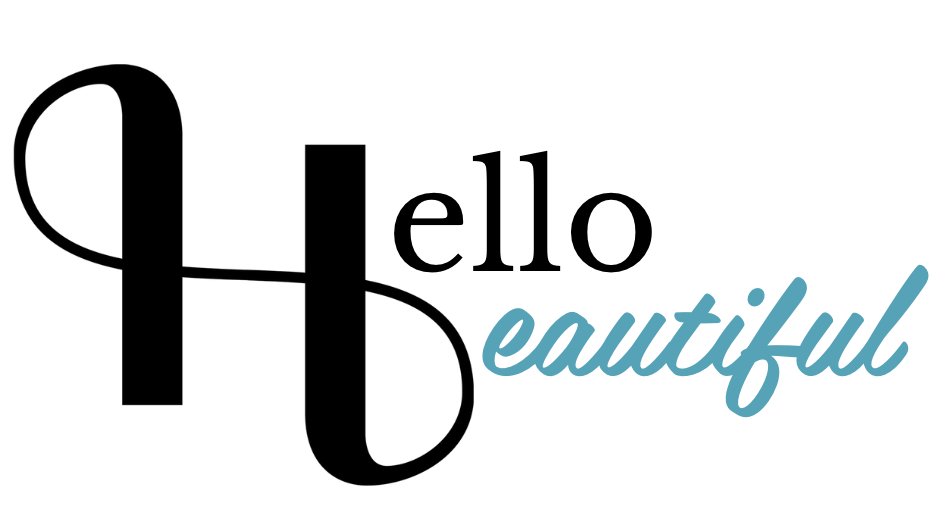Colour Your World Beautiful
Colour Your World Beautiful – The Secret to Feeling Energised Every Day
Colour isn’t just about what looks good—it’s about what feels good, too. Every shade we surround ourselves with or slip into in the morning sends powerful signals to our brain, changing not just our mood but our actual chemistry.
The Science: How Colour Impacts Our Brains
It’s not just a feeling—colour really does change us on a biological level. Studies show that different hues can increase our arousal levels, boost memory, and even influence decision-making. For example, the colour red is known to raise heart rate and blood pressure, sparking energy and excitement in the brain’s limbic system. That’s why red is often used on “order now” buttons and in branding—it grabs attention and propels us to act.
On the other hand, blue tones are proven to promote calmness and focus, lowering stress hormones and helping us concentrate. Yellow is linked to happiness, stimulating the same parts of the brain that light up when we see sunshine. Even green, the colour of nature, is shown to restore balance and reduce anxiety.
Red, Beige, and the Power of Shade
Red is famous for its boldness. It’s the colour of passion, power, and action. Wearing red can make you feel more confident and energetic, but it can also be overwhelming if used too much, leading to feelings of restlessness or even aggression.
Beige, on the other hand, is subtle and often overlooked. It’s associated with neutrality and calm, but too much beige—especially in interiors—can lead to a drop in energy and even feelings of boredom or stagnation. While it’s a safe choice, it doesn’t provide the same mental stimulation as more vibrant hues.
Colour in Interiors: Boosting Performance and Mood
The shades we choose for our homes and workspaces matter more than we think. Research shows that blue and green interiors can improve productivity and focus, while yellow can spark creativity and optimism. Red, when used sparingly, can add energy to a space, but too much can be distracting or stressful.
Beige walls may be calming, but layering in pops of colour—like a vibrant cushion or a piece of art—can instantly lift the energy of a room and, by extension, the people in it.
Dressing for Success: Colour Choices for Interviews
When it comes to interviews, the colours we wear can send subconscious signals to our potential employers. Navy blue is often seen as trustworthy and professional, while black conveys authority (but can sometimes feel too severe). Red can communicate confidence, but it’s best used as an accent—like a lipstick or accessory—rather than head-to-toe.
Soft neutrals, blues, and even a touch of green can help you appear approachable and calm, while still showing you mean business.
It’s Not Just Emotional—It’s Chemical
Colour psychology isn’t just about how we feel; it’s about how our brains and bodies react. The right shade can increase dopamine (the feel-good hormone), reduce cortisol (the stress hormone), and even help us remember information better.
The Takeaway
Whether you’re choosing an outfit for a big day, painting your living room, or picking out a new notebook, remember: colour is energy. It’s a tool you can use to boost your mood, sharpen your mind, and express your personality.
Next time you’re drawn to a particular shade, ask yourself—how does this colour make me feel? And what message am I sending to my brain, and the world?
Want to discover the colours that energise and empower you? Book a personal colour session and let’s find your perfect palette.







